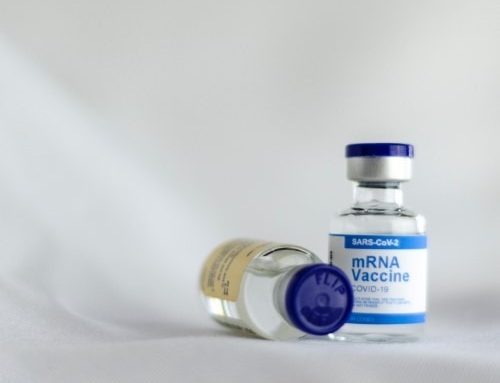
The researchers determined that those who had the worst sleep in terms of both the length and quality of their sleep in the growing age group had a higher risk of being diagnosed with MS.
Multiple sclerosis, affecting the brain and spinal cord; a lifelong illness involving problems with vision, arm or leg movements, and balance.
There is no cure for this disease, but medications and interventions can help relieve symptoms.
Scientists said that insufficient and disturbed sleep during adolescence can increase the likelihood of developing this disease by up to 50 percent. He revealed that getting more than 7 hours of sleep can help prevent the disease.
A nap can last less than 7 hours. On the other hand, adequate and quality sleep between 7 and 9 hours is recommended. Long naps can last more than 10 hours.
Although MS is thought to be genetically linked, other environmental factors such as sunlight and vitamin D deficiency, smoking, youth obesity and kissing disease are also among its causes.
Shift work is also a factor that increases the risk of disease, especially at young ages.
The median age for diagnosis is 34, although the first symptoms may appear in the early 20s.
Poor quality sleep was found to be more common among young people due to possible physiological, psychological and social changes in their lives.





